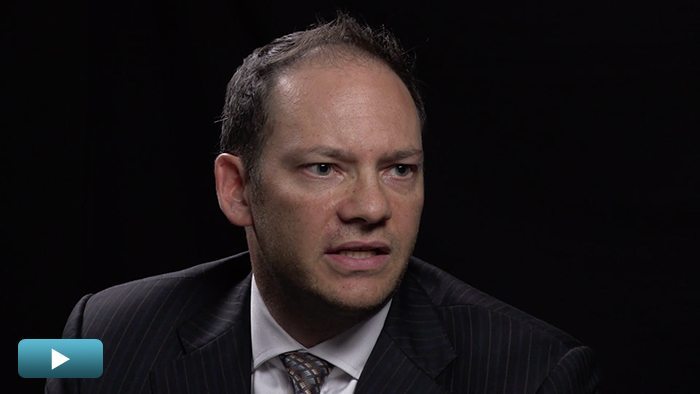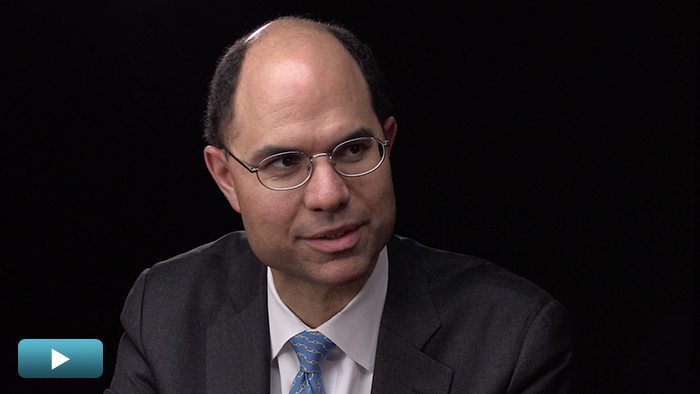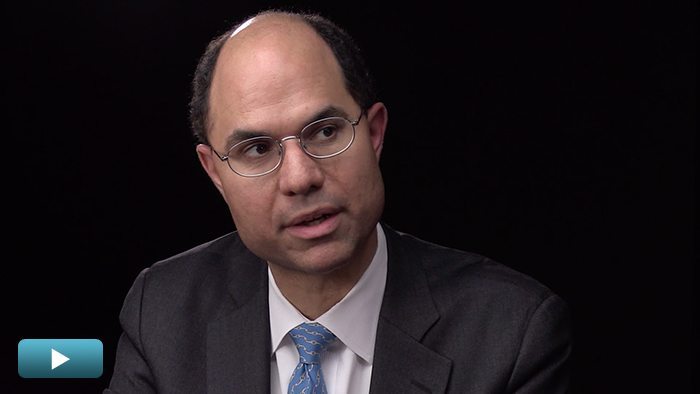Catch-ups Carry On
Real estate markets are notoriously cyclical. And with each stage of the cycle, a different part of the investment ecosystem gets the upper hand. In the years immediately following the financial crisis, LPs were left in a position of power when it came time to negotiate with fund managers. Amid the uncertainty, many investors refrained from investing or shed their existing investments. So those still in the market, looking to invest, held capital that managers desperately wanted. With conditions firmly in their favor, savvy LPs took the opportunity to rebalance investment term sheets. “If we were having this discussion in mid-2010, any fundraising, no matter who the partner might have been, would have been very difficult, and people would have been hearing terms from the LPs that they might not recognize in their experience with their prior funds,” Mercury Capital Advisors managing director Alan Pardee says. Catch-ups, the speed at which GPs are paid after the stated preferred return is hit, was an area of particular interest, says Josh Sternoff, partner at Paul Hastings.  “Immediately after the economic crisis, in general there was a feeling by limited partners that fund terms in the previous period had gotten too GP-friendly, and that related not only to economics but governance and a whole host of issues,” Sternoff says. Many LPs wanted to scrap catch-ups altogether, or at least to alter their structure. Prior to the crisis, it was not uncommon to have 100 percent catch-ups. LPs were successful in tipping the balance in their favor, if not doing away with catch-ups altogether, with splits of 60-40 and 50-50 emerging from hard-fought negotiations. While some of the pressure on GPs has lifted in the years since (on issues including management fees, committed capital, and asset management charges), some elements of term sheet structure, including catch-up and some carry structures, have fundamentally changed. Pardee now sees three basic models of term sheets for value-add and opportunistic funds, compared to one standard model in the pre-crisis period. “Some [GPs] are getting a 10 percent return, a catch-up of some speed, and a 20 percent carry. Some might end up having no catch-up at all. It instead becomes a hard hurdle of 10 percent. Then the rest is split 80-20, so the GP has just forgone that first 10 percent. That’s one model,” he says.
“Immediately after the economic crisis, in general there was a feeling by limited partners that fund terms in the previous period had gotten too GP-friendly, and that related not only to economics but governance and a whole host of issues,” Sternoff says. Many LPs wanted to scrap catch-ups altogether, or at least to alter their structure. Prior to the crisis, it was not uncommon to have 100 percent catch-ups. LPs were successful in tipping the balance in their favor, if not doing away with catch-ups altogether, with splits of 60-40 and 50-50 emerging from hard-fought negotiations. While some of the pressure on GPs has lifted in the years since (on issues including management fees, committed capital, and asset management charges), some elements of term sheet structure, including catch-up and some carry structures, have fundamentally changed. Pardee now sees three basic models of term sheets for value-add and opportunistic funds, compared to one standard model in the pre-crisis period. “Some [GPs] are getting a 10 percent return, a catch-up of some speed, and a 20 percent carry. Some might end up having no catch-up at all. It instead becomes a hard hurdle of 10 percent. Then the rest is split 80-20, so the GP has just forgone that first 10 percent. That’s one model,” he says.
 Some funds have altered the distribution structure so the preferred return is as low as 7 or 8 percent, with a pure 80-20 split thereafter, eliminating the catch-up, according to Manjul Ramchandani, managing director of Greenhill & Co.’s real estate capital advisory business. Another new model includes a multi-tiered preferred return and carried interest process in which the GP may get one percentage of the profits up to a certain point, then a higher level once a second target is reached. “It’s inserting another break point, which could have people earning lesser amounts of carry on the same outcome,” Pardee says. Ramchandani says the issue of GP remuneration in general has also been brought to the forefront. “During and after the crisis, a number of investors have pushed back on the catch-up structure, which actually means saying they want a better alignment of interest—saying, ‘Yes, sure, we are happy to share the 20 percent of profits that you typically get, but we want you to get it at a much later stage: either when you have achieved your targeted rate of return, or at least when you are closer to that than you would be in a catch-up,’” he says. “It might not be a situation that the investor is not happy with the manager. It may be the investor feels it may align the parties’ interests at a better level.” However, Ramchandani says fund managers have not been affected equally. Managers who have underperformed are more likely to have to incentivize their LPs, negotiate a different hurdle structure, or give up some of their catch-up. “In short, all things are driven by supply and demand in this market,” Pardee says. “So those GPs who are sought after might have a term sheet that looks akin to what they looked like in, say, 2000. Those in the middle of the pack will experience what the GP-LP dialogues have created today. And those that have had some challenges might find themselves breaking some ground that might creep into the rest of the market over time.” After the upheaval of the past few years, Pardee does not expect much more change in the short term. “I would be surprised to find that a term sheet in 2015 would look radically different than a term sheet in 2014, even though a term sheet in 2014 looks radically different than a term sheet did in 2009,” Pardee says. “Term sheets evolve, but they don’t evolve overnight. They usually evolve after some kind of market calamity.” ■
Some funds have altered the distribution structure so the preferred return is as low as 7 or 8 percent, with a pure 80-20 split thereafter, eliminating the catch-up, according to Manjul Ramchandani, managing director of Greenhill & Co.’s real estate capital advisory business. Another new model includes a multi-tiered preferred return and carried interest process in which the GP may get one percentage of the profits up to a certain point, then a higher level once a second target is reached. “It’s inserting another break point, which could have people earning lesser amounts of carry on the same outcome,” Pardee says. Ramchandani says the issue of GP remuneration in general has also been brought to the forefront. “During and after the crisis, a number of investors have pushed back on the catch-up structure, which actually means saying they want a better alignment of interest—saying, ‘Yes, sure, we are happy to share the 20 percent of profits that you typically get, but we want you to get it at a much later stage: either when you have achieved your targeted rate of return, or at least when you are closer to that than you would be in a catch-up,’” he says. “It might not be a situation that the investor is not happy with the manager. It may be the investor feels it may align the parties’ interests at a better level.” However, Ramchandani says fund managers have not been affected equally. Managers who have underperformed are more likely to have to incentivize their LPs, negotiate a different hurdle structure, or give up some of their catch-up. “In short, all things are driven by supply and demand in this market,” Pardee says. “So those GPs who are sought after might have a term sheet that looks akin to what they looked like in, say, 2000. Those in the middle of the pack will experience what the GP-LP dialogues have created today. And those that have had some challenges might find themselves breaking some ground that might creep into the rest of the market over time.” After the upheaval of the past few years, Pardee does not expect much more change in the short term. “I would be surprised to find that a term sheet in 2015 would look radically different than a term sheet in 2014, even though a term sheet in 2014 looks radically different than a term sheet did in 2009,” Pardee says. “Term sheets evolve, but they don’t evolve overnight. They usually evolve after some kind of market calamity.” ■

GP remuneration, particularly catch-up provisions, came under fire from LPs in the wake of the financial crisis when investors gained the upper hand in negotiations. But the market has now adapted and stabilized, experts tell PrivcapRE.


